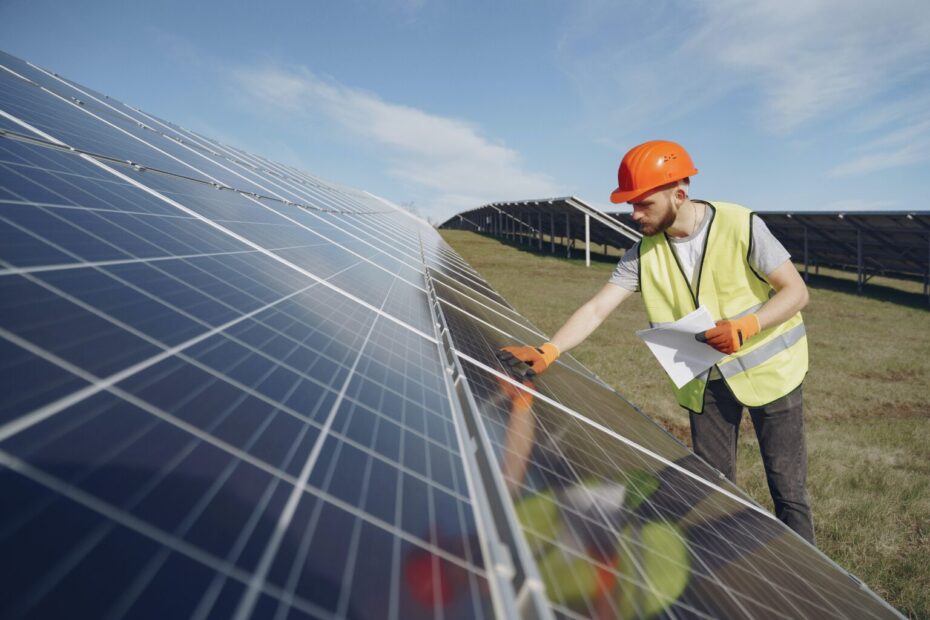Written by Eddie Rogers
Managing Director – CRBN ZERO
15th October 2021
Meter operated PV systems have been one of the most popular options for business and commercial landlords to reduce carbon intensity across their portfolio while achieving an attractive financial return. Generated electricity consumed on site can either be sold to the tenant(s)* living in the property or represent a saving if the landlord controls the electricity supply. Either way, on-site solar consumption offsets electricity purchased from the grid – nowadays around 12p/kWh for commercial and industrial clients.
Exported electricity has a much lower financial value, PPA agreements with energy suppliers rarely exceed 6p/kWh, with more and more renewables connected to the grid, restrictions are starting to appear. Some systems are “export restricted and have to limit their generation if they are at risk of doing so.
To optimise profitability, PV systems should therefore generally be sized to maximise on-site consumption while minimising exported electricity. For example, when solar electricity is sold to the tenant at 11p/kWh, the landlord’s annual revenues are almost 40% higher with 100% on-site consumption than with 50% on-site consumption (with the other 50% exported to the grid at a lower price).
Export analysis modelling is key to sizing up a PV system. With CRBN ZEROs level of experience with asset managed PV installations, systems where export was not estimated or simply ballparked have consistently underperformed financially. A good rule of thumb is usually to size the PV system to achieve 90-95% of on-site consumption. CRBN ZERO offer a variation of solutions including our export-analysis tool which utilises a half hourly meter to input site consumption data and overlays simulated PV generation to model different scenarios of half-hourly future consumption. The scenarios calculate exported kWh to the grid to optimise the system size.
Too often, CRBN ZERO has witnessed installers sizing PV systems simply based on the available roof area or using the monthly electricity consumption as reference. These approaches can lead to widely different results.
Modelling is a key part of the PV project and should be carried out at the project feasibility stage, along with a site survey and business case assessment. CRBN ZEROs export analysis model has been proof-tested on various sites and refined to offer the most feasible solution for the business. It ensures PV systems are not under nor over-sized, and that profitability is maximised.
This is why it is integral to not take the cheapest supply and installation offer when considering PV and work with industry experts that analyse data to ensure the solution and the business fit. Our expert analysts spend time determining which solar panels, battery storage solution, optimisers and inverters are best suited to your property and will give you the highest level of support and guidance throughout your transition to renewable energy, We link this with our utilities provision, Green Hippo Utilities to truly optimise your solution.

